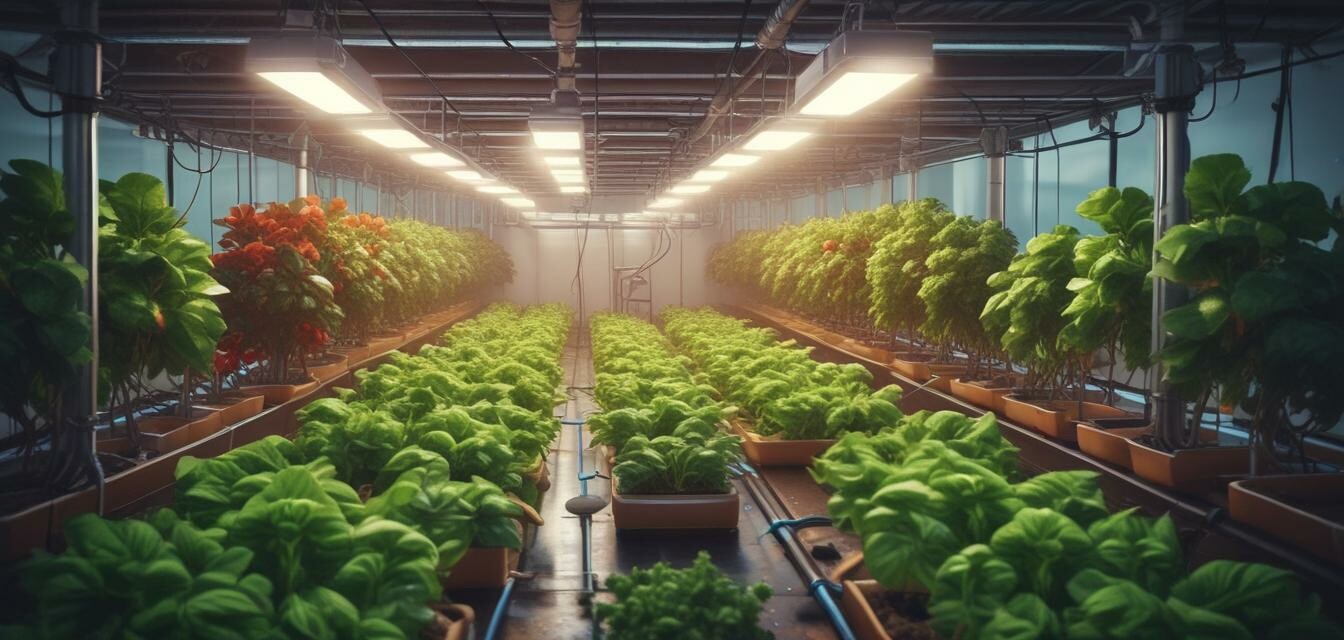
Making a Hydroponic Drip System: A Beginner’s Guide
- Hydroponic drip systems are a cost-effective way to start your gardening journey.
- Setting up your own system requires basic materials and tools.
- You can grow various plants using this method, which ensures controlled nutrient delivery.
- Regular maintenance is essential for optimal plant growth.
- Resources are available for further learning and product acquisition.
Are you interested in growing plants without using soil? Hydroponic gardening, specifically a drip system, is a fantastic method for beginners. It offers a hands-on project that not only saves space but also allows for better control over nutrient delivery. In this guide, we will walk you through the steps to create your own hydroponic drip system and explore the benefits this gardening method can offer.
What is a hydroponic drip system?
A hydroponic drip system is a type of hydroponic gardening that delivers water and nutrients directly to the plant roots through a system of tubes or pipes. This method is efficient as it minimizes water usage while maximizing plant growth.
Benefits of using a hydroponic drip system
| Benefit | Description |
|---|---|
| Efficient water usage | Uses less water than traditional soil gardening, as excess water is recirculated. |
| Faster growth rates | Plants can grow faster due to direct access to nutrients. |
| Space-saving | Ideal for small spaces and urban settings. |
| Pest control | Less soil means fewer pests, leading to healthier plants. |
Essential materials for building your hydroponic drip system
To get started with your hydroponic drip system, you’ll need a few key materials. Here’s a checklist:
- Plastic containers or pots
- PVC pipes or tubing
- Water pump
- Nutrient solution
- Growing media (like clay pellets or rock wool)
- Timer or controller (optional for automation)
- Drippers (emitters)
Step-by-Step Guide to Building Your Hydroponic Drip System
Follow these simple steps to create your own hydroponic drip system:
- Choose a location: Find a space with good light, either natural or through grow lights. Check out our grow lights for more information on lighting options.
- Prepare the containers: Drill holes in the bottom of your containers for drainage and ensure proper spacing for plant placement.
- Setup the PVC system: Connect the tubing to your water pump and ensure a proper route for the water to reach each container.
- Add drippers: Install drippers at the end of each tube so that water can efficiently reach the plants.
- Fill with growing media: Place growing media in your containers, ensuring it is ready to support your plants.
- Mix nutrient solution: Prepare a nutrient solution according to package instructions and pour it into a reservoir connected to your pump.
- Test your system: Run the pump and monitor water flow to ensure that every plant receives adequate water.
- Plant your seeds or seedlings: Finally, insert your plants into the growing media, making sure they are securely in place.
Maintenance tips for your hydroponic drip system
Regular maintenance ensures your plants stay healthy and productive. Here’s how to keep your system in top shape:
- Check the pH levels of your nutrient solution regularly.
- Replace the nutrient solution every 2-3 weeks to provide fresh nutrients.
- Clean the tubing and drippers to prevent clogs.
- Inspect your plants for any signs of pests or diseases.
Common problems and solutions
Like any gardening method, hydroponics can present some challenges. Here are common issues you might face, along with solutions:
| Problem | Solution |
|---|---|
| Poor plant growth | Check for nutrient deficiencies and ensure optimal lighting. |
| Clogged drippers | Clean and flush the drippers regularly. |
| Pest infestations | Inspect regularly and consider organic pest control methods. |
| Algae growth in the reservoir | Keep the reservoir covered and change the water frequently. |
Further resources and learning
If you want to dive deeper into hydroponic gardening, check out our related categories and blogs:
- Buying guides for hydroponic systems
- Latest news and trends in hydroponics
- Nutrient solutions for optimal growth
- Pumps and aeration solutions
- Monitoring sensors for water levels and nutrient balance
Pros
- Cost-effective and straightforward to build.
- Efficient use of water and nutrients.
- Suitable for indoor and outdoor gardening.
Cons
- Requires regular monitoring and maintaining.
- Initial setup may take time to get right.
- Potential for technical issues with pumps or systems.
Tips for beginners
- Start with easy-to-grow plants like herbs or lettuce.
- Keep detailed records of your plant's growth and system performance.
- Don't hesitate to reach out to local gardening communities for advice and support.

